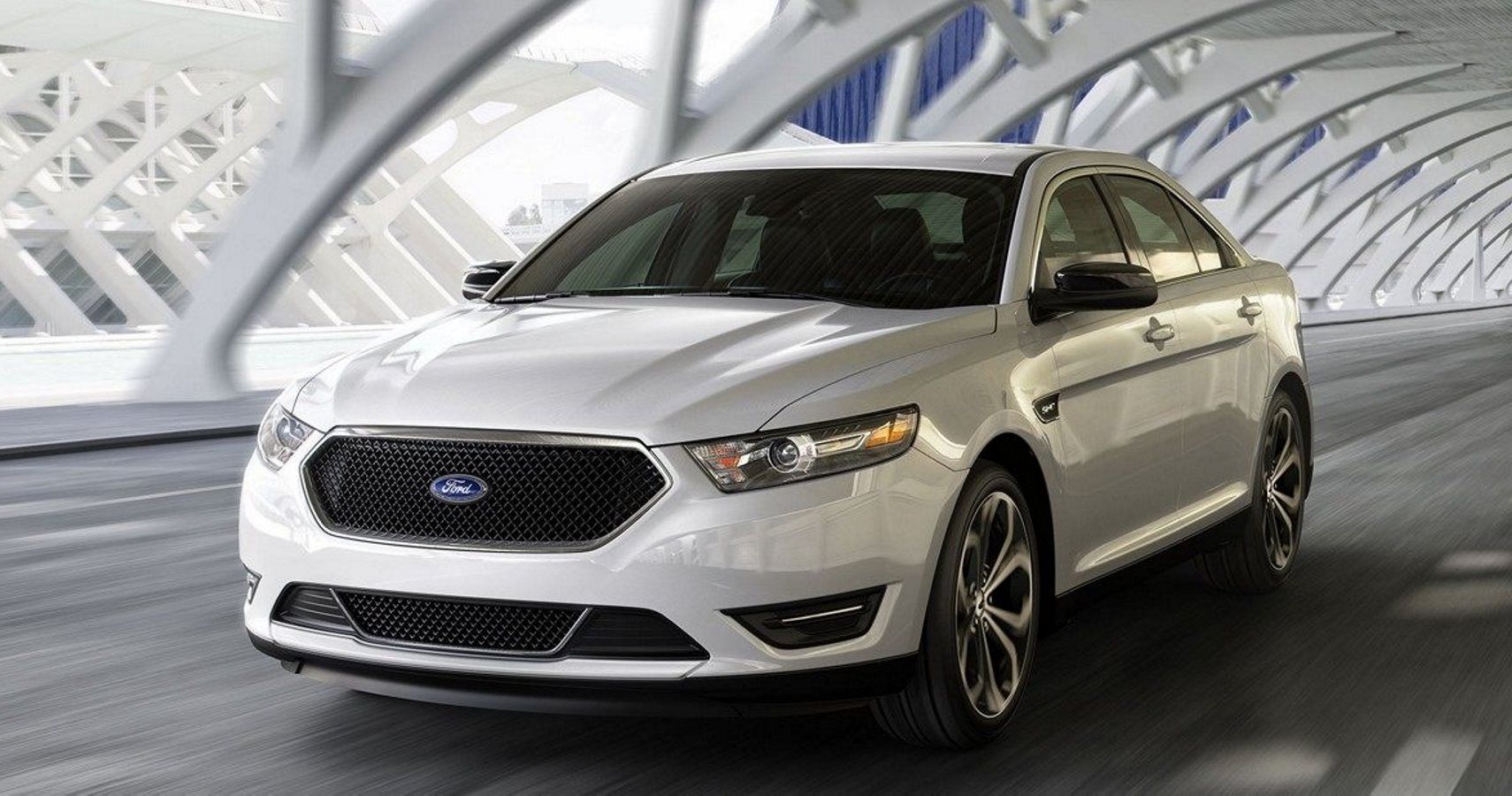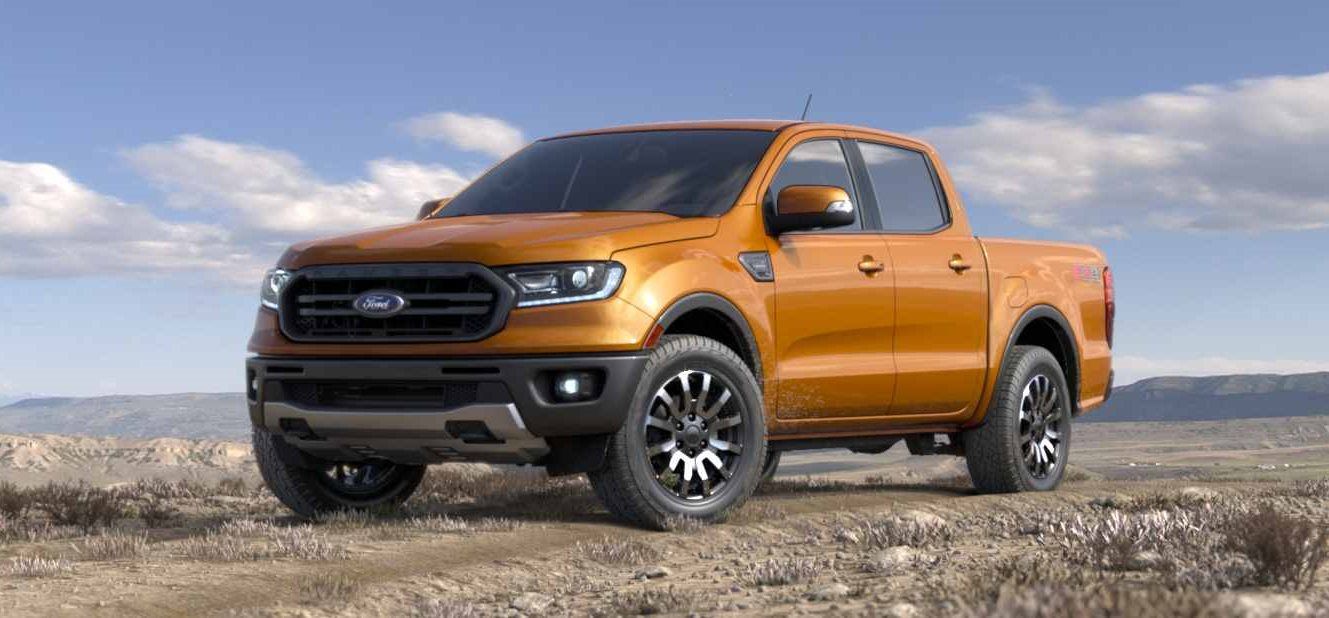Ford execs have once again offered an explanation for why they’re cutting out cars from their lineup.
Earlier this year, Ford announced the controversial decision to stop selling cars in North America. This meant that the world’s oldest car company would only sell SUVs, Mustangs, and pickups trucks, phasing out the Fiesta, Focus, Taurus, and Fusion cars.
At Ford’s dealer conference earlier this week, executives explained the long-term reasoning for this decision. Although Ford sold 378,533 cars in 2017, that number is already down 17.4% this year. There is also a wider industry trend, with sedans going from 57% of total sales in 2010 down to an expected 30% of sales next year.
Meanwhile, SUVs are expected to climb to 52% of the market by 2019--up from 36% in 2010. Pickup trucks are also growing modestly, up to 18% from 14% in 2010.
Although the numbers don’t lie, removing a large share of their vehicle fleet now has made many Ford dealers nervous. Ford executives tried to assuage those fears with both numbers as well as words.
"We're not getting out of passenger cars, we're getting out of sedans," said Kumar Galhotra, president of Ford America. "It's language, but it's a very important distinction. I learned this from my boss, [CEO] Jim Hackett: silhouettes are changing. The data is compelling that silhouettes are changing."
RELATED: FORD FACES HUGE LAYOFFS IN WAKE OF NEW US TARIFFS
Those silhouettes are getting taller as millennials continue to flock to crossovers rather than sedans. Ford will still offer crossovers and small SUVs as part of their lineup, although the anticipated Focus Active crossover has been axed thanks to the ongoing trade war between China and the US.
And a reduction in cars will not constitute a reduction in nameplates. Ford currently has 20 vehicles in their fleet, which is expected to grow to 23 by 2023. Next year will see the arrival of the Ranger and Mustang Shelby GT500, with the Bronco and new versions of the Escape, Explorer, and Super Duty to arrive after that.
Still, dealers are understandably nervous. One dealer said their sales were down double digits in October, while others expressed long-term concerns for the entry-level customer. With the EcoSport crossover starting at $25,000, it’s a big stretch to convince a young adult to go for the small SUV over a vastly more affordable $15,000 Kia. It’s hard to build brand loyalty when first-time car buyers aren’t buying your brand.


